The Readalike Conundrum: What Netflix Can Tell us About Predicting Predilections
 Fond as I am of podcasts, I do have a tendency to view them as conveyance systems for blog fodder. I plug in my earphones, walk home from work, and get ideas for posts. That’s the hope anyway, but nine times out of ten a podcast is just a podcast. Even the most inspirational ones (which, for whatever reason, seem to be science podcasts from NPR) yield bupkiss more often than not.
Fond as I am of podcasts, I do have a tendency to view them as conveyance systems for blog fodder. I plug in my earphones, walk home from work, and get ideas for posts. That’s the hope anyway, but nine times out of ten a podcast is just a podcast. Even the most inspirational ones (which, for whatever reason, seem to be science podcasts from NPR) yield bupkiss more often than not.
Not so the other day. Invisabilia touts itself as the podcast that hopes to look closer at “Unseeable forces control human behavior and shape our ideas, beliefs, and assumptions.” As a longstanding RadioLab fan, this was an instantly appealing idea. The episodes have evened out over the years from their early herky-jerky ways, and I was enjoying one the other day about patterns. Ostensibly, the podcast episode was about whether or not patterns of human behavior are true indicators of future misbehavior. If you fall into bad patterns in your youth, are you doomed to repeat them while old?
ADVERTISEMENT
ADVERTISEMENT
What does this have to do with children’s books? In the course of the discussion the subject of computer programs that can predict what a consumer may want came up. We’re familiar with this when it comes to Amazon (Customers that bought [blank] also looked at [blank]) and, most notably, Netflix. Netflix, in fact, went so far as to offer a prize for (and here I’m quoting Wikipedia), “an open competition for the best collaborative filtering algorithm to predict user ratings for films, based on previous ratings without any other information about the users or films, i.e. without the users or the films being identified except by numbers assigned for the contest.” It was called The Netflix Prize.
 Now any librarian working in the field of Reader’s Advisory is going to be able to tell you that a cornerstone of the profession is Readalikes. This is where a patron comes up, says they liked one book, and wants recommendations that are “like that”. Remarkably, there is no quick fix for this kind of a question. No replacement, really, for a knowledgeable librarian familiar with their field. And I say this as someone who has to fill in on the Adult R.A. desk pretty regularly. So that “collaborative filtering algorithm” that Netflix uses starts to look pretty darn good. Can we get some of that on the book side of things, please?
Now any librarian working in the field of Reader’s Advisory is going to be able to tell you that a cornerstone of the profession is Readalikes. This is where a patron comes up, says they liked one book, and wants recommendations that are “like that”. Remarkably, there is no quick fix for this kind of a question. No replacement, really, for a knowledgeable librarian familiar with their field. And I say this as someone who has to fill in on the Adult R.A. desk pretty regularly. So that “collaborative filtering algorithm” that Netflix uses starts to look pretty darn good. Can we get some of that on the book side of things, please?
This is not to say that we don’t have some Readalike recourse. My library, like many, subscribes to the database NoveList. Your library probably does too, for that matter. If it does, then you can see that it’s an effective method of coming up with a list of readalikes. I say “effective” because what NoveList does is provide you with a list of books. The list will have justifications for each inclusion written by real people who sign their names. This is good because each person likes a book for a different reason. With this list, you’re able to find the books that speak to you the most.
Novelist is not, however, foolproof. Many times it will recommend overly well-known titles in lieu of something a little more creative. That’s why I supplement my NoveList searches with Kirkus searches. As I’m sure you are already aware, for every new review Kirkus provides, way down on the lower right-hand side of the page are “Readalikes” provided by its reviewers. A good idea, if a haphazard one. Unlike NoveList, you never really know why one book or another is included.
The other day I was handed a unique challenge: Come up with a list of ten books for children that would act as natural companions to Claudia Rankine’s book Citizen. Basically, I wanted a list of socially conscious books for children, unafraid to face the question of race in America in the 21st century. Now, if this list was supposed to be for YA readers I could have whipped up something immediately. As it stood, I had to really wrack my brains. I would come up with a good title (like Can I Touch Your Hair?) and then look around desperately for anything like it. I tried NoveList. I tried Kirkus. And ultimately I just had to sit down and think long and hard about the books I’ve seen over the past few years.
To date, there is no go-to Readalike search engine for children’s books. Nothing to replace the brave librarians in the field that man their desks every day, prepared to do battle with the kids that come wielding The One and Only Ivan, asking for something “like this”. But while I don’t want to put us out of a job, I feel like there’s some solution out there. Maybe that’s the next step with all the book recommendation apps we’ve seen crop up over the years. Maybe Readalikes is the next great challenge. Whatever the case, until someone sets the standard for recommendations, we’re going to see a lot of piecemeal recs over the years.
Filed under: Uncategorized
About Betsy Bird
Betsy Bird is currently the Collection Development Manager of the Evanston Public Library system and a former Materials Specialist for New York Public Library. She has served on Newbery, written for Horn Book, and has done other lovely little things that she'd love to tell you about but that she's sure you'd find more interesting to hear of in person. Her opinions are her own and do not reflect those of EPL, SLJ, or any of the other acronyms you might be able to name. Follow her on Twitter: @fuseeight.
ADVERTISEMENT
ADVERTISEMENT
SLJ Blog Network
Name That LEGO Book Cover! (#53)
Exclusive: Vol. 2 of The Weirn Books Is Coming in October | News
Fighting Public School Book Bans with the Civil Rights Act
Take Five: Middle Grade Anthologies and Short Story Collections
ADVERTISEMENT

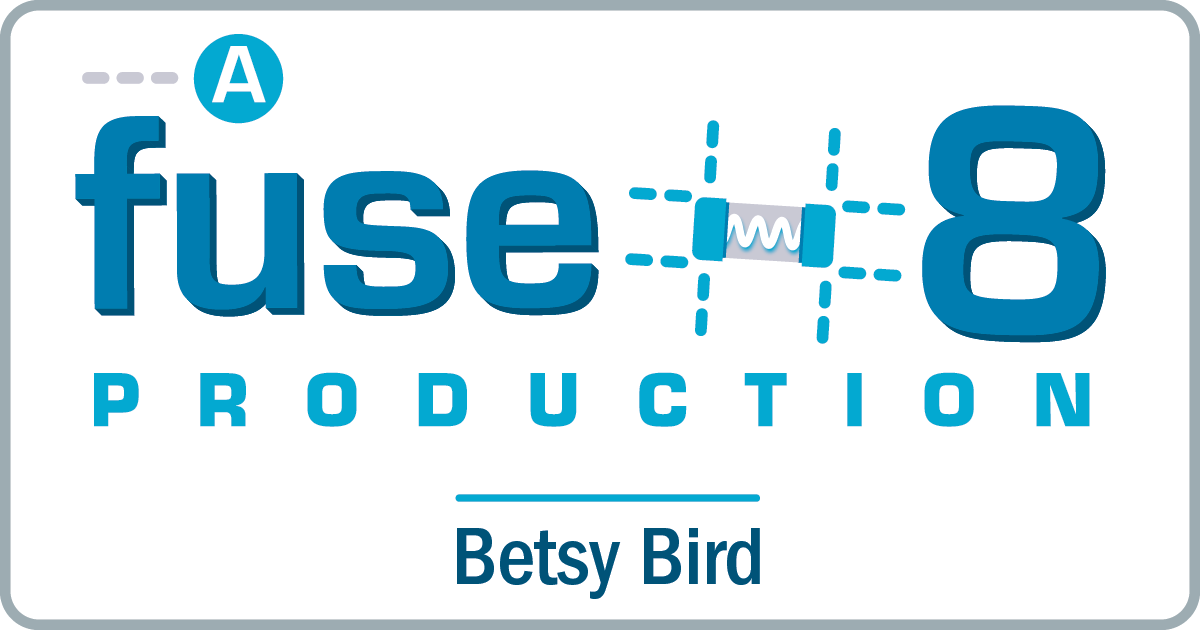

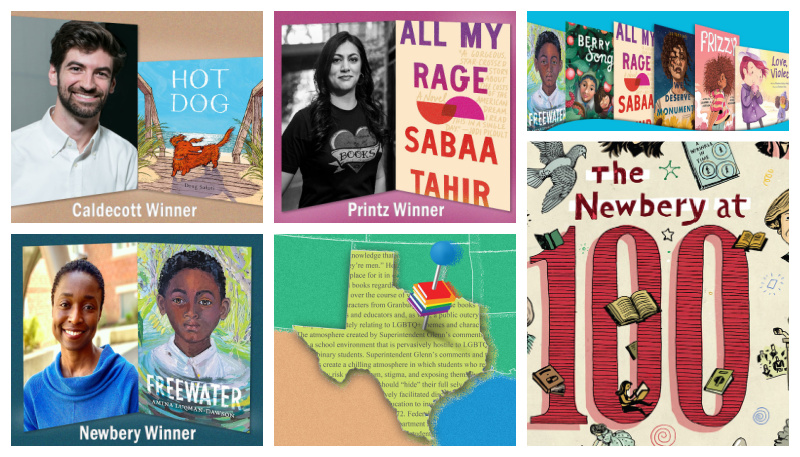
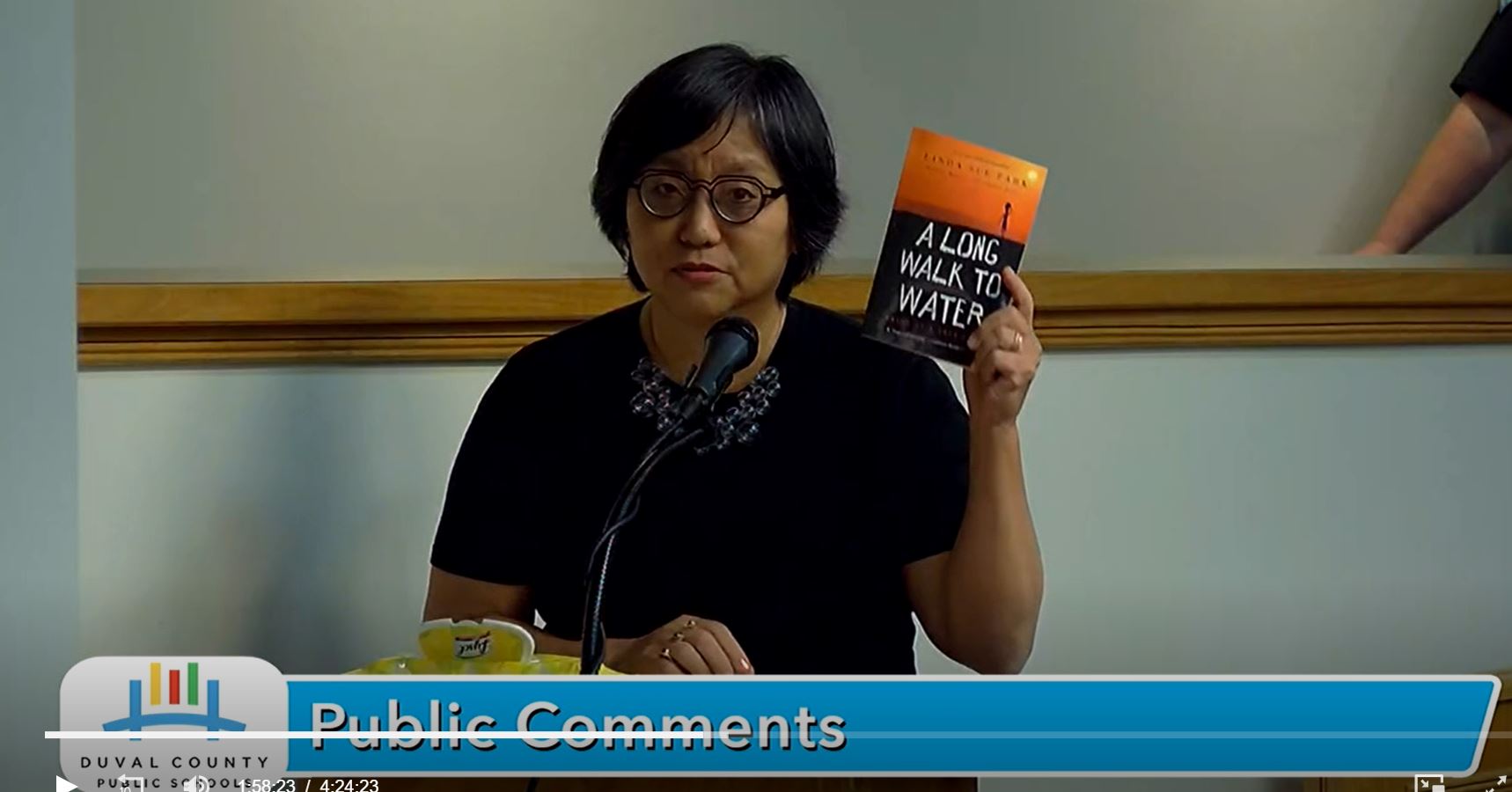
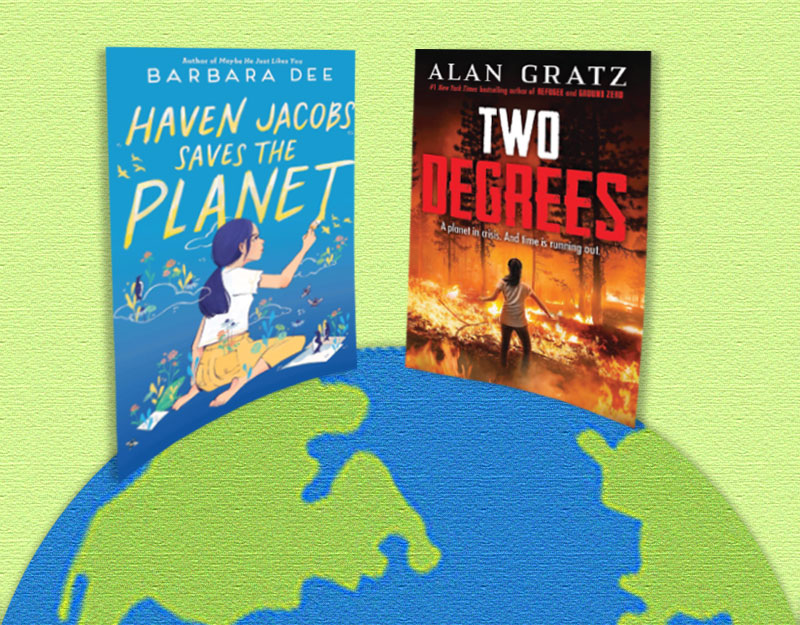
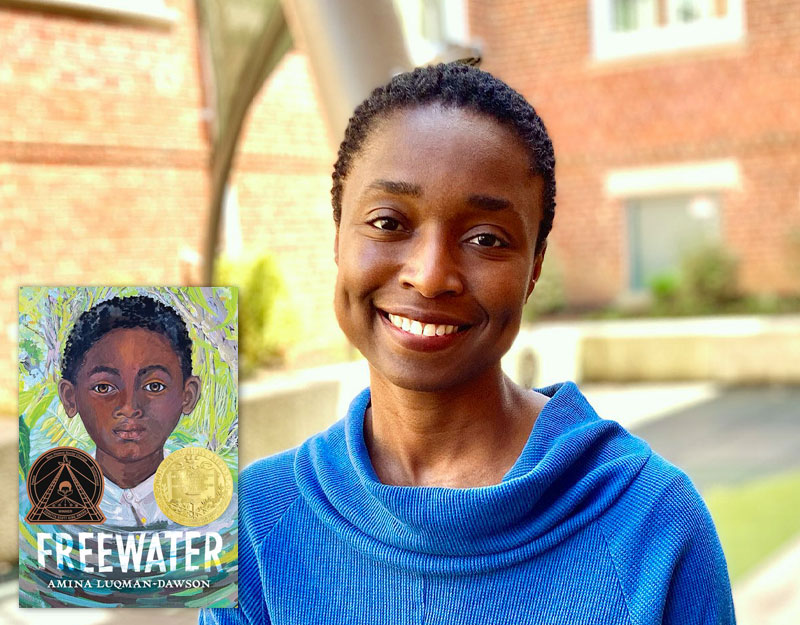

The problem I run into with [blank]-alike algorithms — ESPECIALLY on Pandora and Apple Music — is that they’re often based on a single input. As in, “Make me a Bruce Springsteen station.”
But if I don’t get to name two other artists whose music I would expect to hear on that station, or at least specify which attributes of Springsteen’s music I’ve got in mind, then the system has to assume it knows what I want based on that one piece of information and as a result yields White Rock Dudes Who Recorded in the 1970s Radio. Which is never what I’m going for.
For readalikes, how useful are those second and third pieces of information?
I think you’ve touched on an interesting point. When a librarian does Reader’s Advisory, our go to question when someone wants a Readalike is, “What did you like about this book?” If someone liked The Hunger Games, for example, were they drawn to the strong female character, the post-apocalyptic setting, or do they just like threesome romances that don’t go anywhere? The person who makes an algorithm that allows you to say what it is you like about a thing, be it music or books or movies, will rule the world and make a mint.
Thanks for this post, Betsy. It’s making me think of a lot of conversations I’ve had with colleagues lately about ALGORITHMS OF OPPRESSION by Safiya Umoja Noble, and how software that might seem helpful can reinforce racism under the guise of neutrality/objectivity. I too wish that we had stronger searching tools for kidlit but even then it’s good to know that the human work and responsibilities of interrogating what is happening behind the scenes of each search, asking questions like some of those you list here, and then bridging the gap between the tech and patron is going to keep us busy.
Excellent points. I wasn’t obvious about it, but I was sort of hinting in the piece that maybe the app created by We Need Diverse Books might someday lead to a recommendation search engine of its own. I agree entirely that software is a dangerous little puppy when dealing with making a collection. I work with a tool called ESP at work that predicts how well a book I’m purchasing will circulate. I love using it, but I don’t actually trust it when it comes to books by and about marginalized groups.
Hmmm… that sounds like a different blog post in the making.
Always a relevant topic at the YS reference desk! Reader’s Advisory, followed by the brief reader interview. There just isn’t an easy go-to source. Though I appreciate the mention of Kirkus–I hadn’t thought of that. I tend to walk away from the computer and into the stacks. I think better that way–looking around and pulling books for the 10 second book review. Always glad if there’s a colleague around to add their two cents. (Please, everyone, ask your team! I’ve sat there agonizing, while my colleague crosschecked Novelist, Amazon, etc. when I had recommendations that I felt were unwelcome.) So maybe algorithms aren’t for me–I’ll always be piecemeal.
I’m dying to know what ten books for children you came up with for CITIZEN!
The CITIZEN books proved very tough. When you look at this list, understand that she dedicates a great deal of time to Serena and Venus Williams. The books I chose were:
– Crown by Derrick D. Barnes
– Sisters and Champions by Howard Bryant
– My Hair Is a Garden by Cozbi A. Cabrera
– Game Changers by Lesa Cline-Ransome
– Good Night Stories for Rebel Girls by Elena Favilli
– The Parker Inheritance by Varian Johnson
– Can I Touch Your Hair? by Irene Latham and Charles Waters
– Patina by Jason Reynolds
– Schomburg by Carole Boston Weatherford
– One Crazy Summer by Rita Williams-Garcia
– Young, Gifted and Black by Jamia Wilson
Other suggestions are very much welcome.
Maybe Brendan Buckley’s Universe and Everything in It by Sundee Frazier
Maybe The Other Side by Jacqueline Woodson? The Jacket by Andrew Clements. Armstrong and Charlie by Steven Frank. Yard War by Taylor Kitchings.
These are good. Particularly because I was just told I couldn’t do anything prepub.
Actually, I think that NoveList K-8 does a pretty exceptional job of pairing books together. I’ve used it for the past several years when looking for read-alikes and to expand parts of my collection.
They reached out to me recently about showing some other aspects of the site. I’m taking them up on the offer. Interested to see what else, besides the readalikes, there is to see.